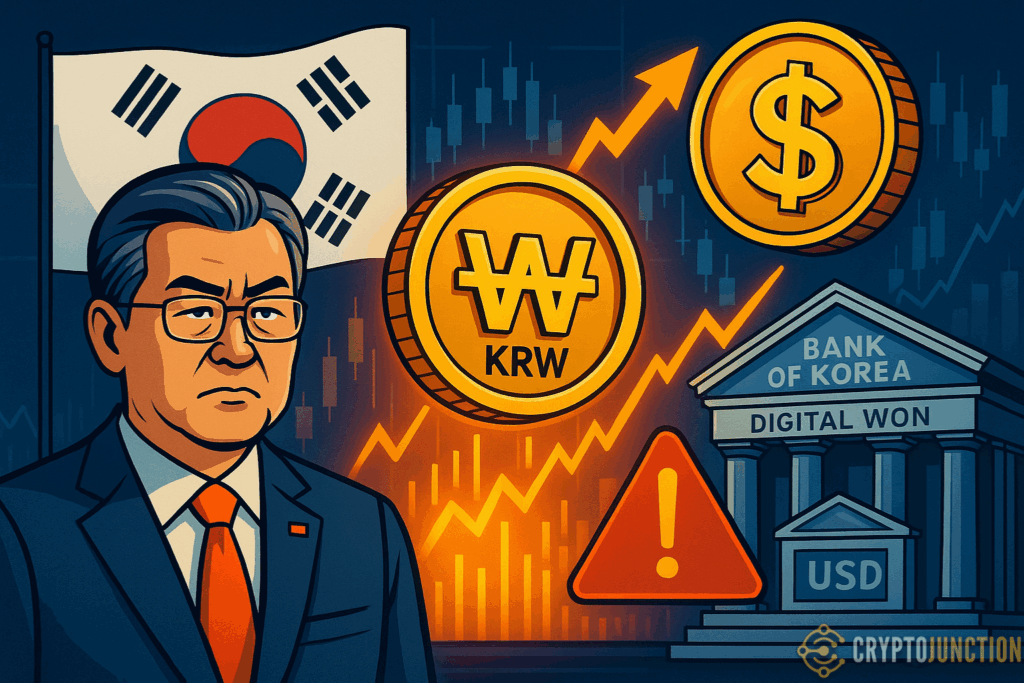The Bank of Korea reports that they have issued a warning. Instead of reducing use of the U.S. dollar as we had been told would happen, in fact what may be seen is an increase in dollar demand. Also of note is that President Lee Jae-myung is at the same time putting forth a national crypto strategy. This strategy includes KRW stablecoins.
The June 10 put forth The Digital Asset Basic Act. This required KRW stablecoin issuers to end issue companies must have a minimum of 500 million won in capital, full reserve banking, and also report monthly. The act represented a large step toward a regulated digital currency system in South Korea.
In 2025 Q1 the country saw great growth in its crypto market. South Koreans traded over $42 billion in U.S. dollar backed stable coins that year. As for which stable coins are leading the way, USDT and USDC are the top players. USDT makes up over 80% of that local volume.
KRW Stablecoins May Transform Policy And Banks
The Bank of Korea reports that KRW stablecoins may not work. Governor Lee Chang-yong reported replacing one stablecoin with another from the U.S. That transition could complicate foreign exchange controls and also put more pressure on Korea’s monetary policy.
Bank authorities also reported that they are seeing issues with financial institutions. If stable coins take over the payment and settlement functions of banks, those banks may see profit drops. The central bank is pushing for better coordination with the Financial Services Commission (FSC) and the Ministry of Economy and Finance prior to any roll out.
Still the central bank is a mixed bag. It is open to KRW stablecoins if the risks are managed. Issues of enhanced oversight, foreign exchange tracking tools, and more rigorous issuer evaluation are put forth as solutions.
Mixed Market Reactions
Following the Act’s announcement Kakao Pay shares saw a rise of 18% which is an indication of high investor optimism. To benefit are NHN, KCP, and Hecto Financial. But told by the analysts that poor implementation may put a stop to the growth.
Internationally, including the U.S., Japan, and Hong Kong, stablecoins are a focus of new rules. In the case of the U.S., the GENIUS Act requires full reserve banking and rigorous audit of issuers. As these large economies play it tough on stable coins, Korea is put in a position to choose between innovation and regulation.
President Lee’s team put forth that stablecoins of the KRW will put a stop to capital flight. But what may happen instead is that they may push for greater use of the dollar. At present, with the roll out still in development, the big test will be on how well it is put into practice. Another test will be on how well different agencies play together.

